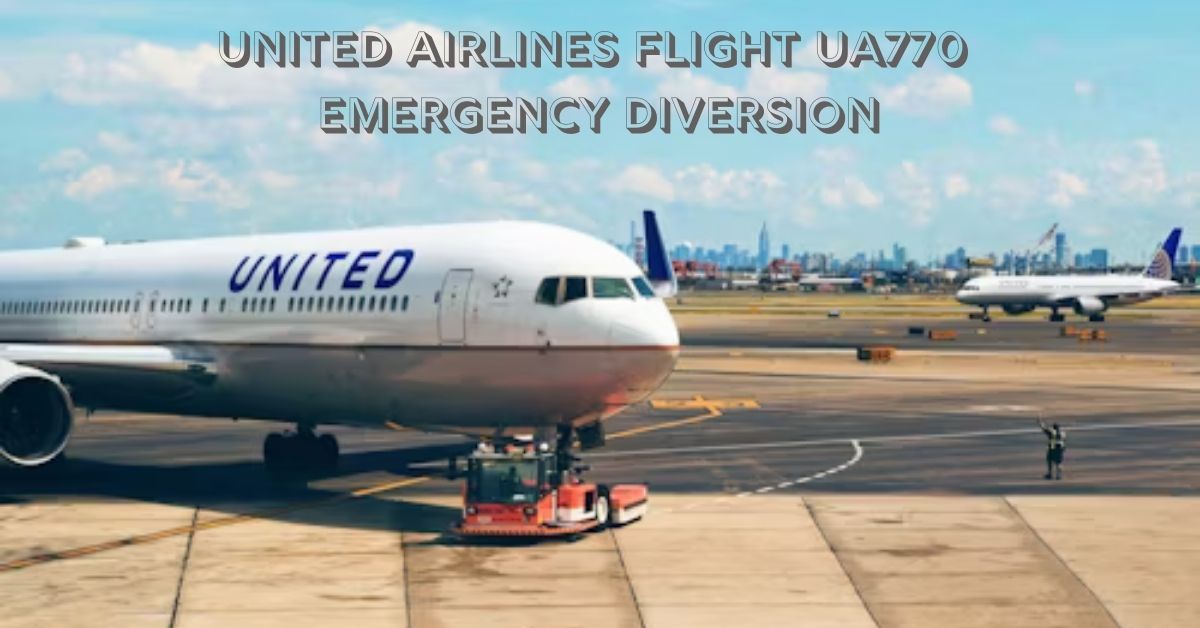When United Airlines Flight UA770 suddenly squawked 7700 in mid-air, signaling a general emergency, passengers’ routine trip from Barcelona to Chicago took a sharp turn. Diverting to London Heathrow instead of continuing, the crew executed a textbook response—ensuring everyone’s safety amid uncertainty. Here’s a breakdown of what happened, how it unfolded, and what it reveals about air travel resilience.
Timeline: From Routine to Emergency
Early on May 27, 2025, UA770 took off from Barcelona El Prat Airport bound for Chicago O’Hare. As the Boeing 787-9 Dreamliner cruised over Europe, a critical issue emerged: a cabin pressurization alert triggered the crew to declare an emergency and immediately squawk 7700. Within minutes, air traffic control cleared them for an emergency descent, and Heathrow became the safest diversion option. The plane landed without incident, taxied to Gate B44, and passengers disembarked safely. The entire diversion—from alert to landing—was handled swiftly and calmly.
The Cause: Pressurization Alert
Initial findings point to a malfunction in the cabin pressurization system, possibly linked to faulty sensors or valve anomalies. While in-flight emergencies can stem from various issues—mechanical, medical, or electrical—the crew followed urgent protocols focused on altitude descent and rerouting, avoiding escalation and preserving safety.
Crew and Passenger Response
Flight attendants maintained calm and clarity, guiding passengers with reassuring updates. Communication was key—clear announcements added confidence amidst anxiety. Passengers reported a controlled but firm descent and praised the crew’s confidence. Their composed handling reminds us how trained air crews turn tension into order during unpredictable situations.
Safety First: What Makes a Diversion Successful?
-
Real-time Monitoring: Cabin systems detected an abnormal alert before the issue became critical.
-
Priority Transponder Code (7700): Signaled immediate attention from ATC for rapid response.
-
Heathrow’s Readiness: Equipped to handle emergencies quickly and reliably.
-
Protocol Adherence: All actions—from communication to descent—followed robust airline safety playbooks.
Operational Ripple Effects
Once on the ground, UA770 grounded for inspection while maintenance teams prioritized passenger care, coordinated rebooking, and examined the aircraft. For travelers, what began as a straightforward transatlantic flight became a logistical pivot—and for the airline, a high-pressure activation of safety and support responses.
Broader Insights: Where Safety Ranks in Aviation
Emergency diversions like UA770 show that precautionary protocols work—even in complex long-haul flights. Redundant systems, real-time data, and crew training combine to reduce risk and maintain confidence in commercial aviation.
Key Lessons for Travelers
-
Stay Calm: Adhere to crew instructions—that’s your best assurance.
-
Pack Smart: Essential items in carry-on ease adjustments during disruptions.
-
Know Your Rights: Diverted flights often come with rebooking support, meal vouchers, and accommodation.
-
Trust the System: Diversions, while unsettling, reflect the strength of aviation safety design—not failure.
Conclusion
The United Airlines Flight UA770 emergency diversion was not just a disruption—it was a demonstration of aviation resilience. Through solid training, effective systems, and composed action, an unexpected crisis turned into a safe resolution. Next time you fly, remember: behind every safe journey lies a vigilant crew—and a network that stands ready when things turn uncertain.
